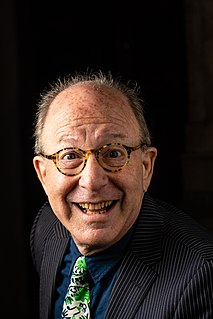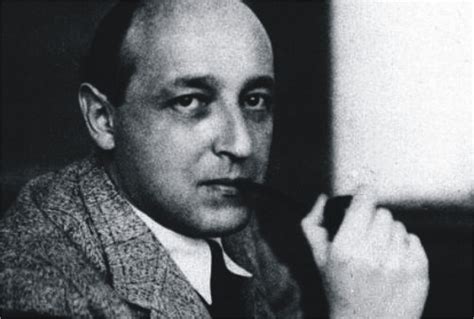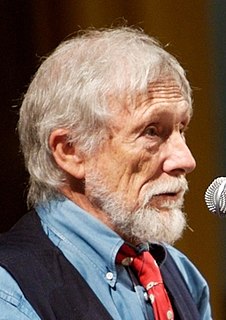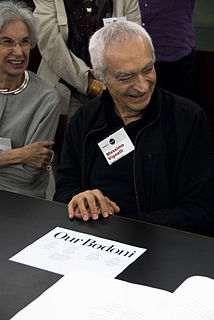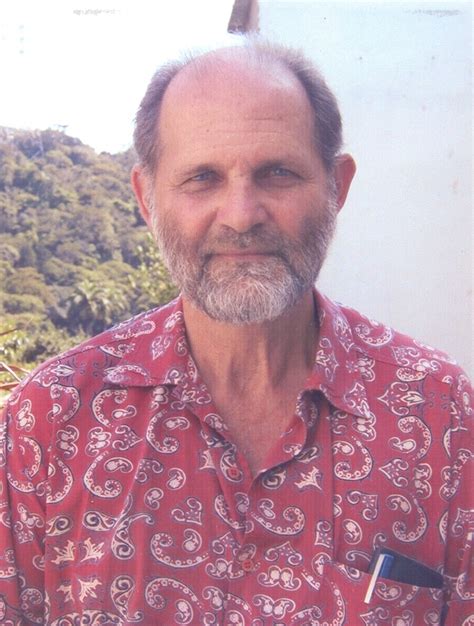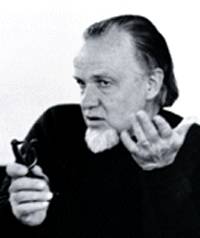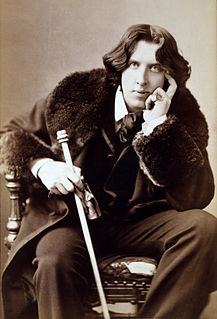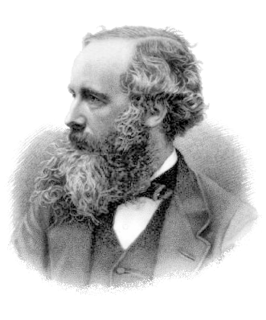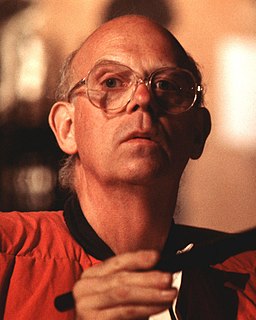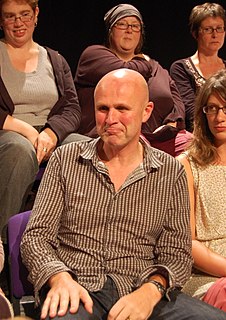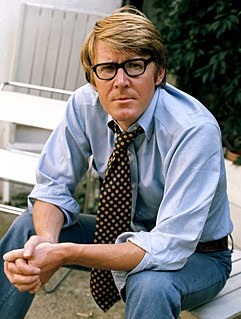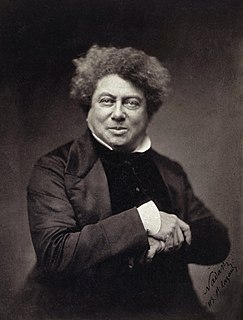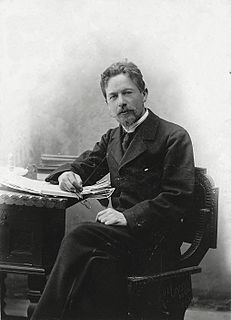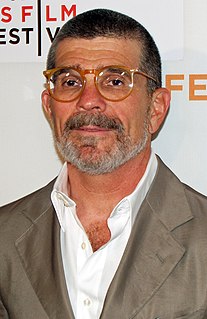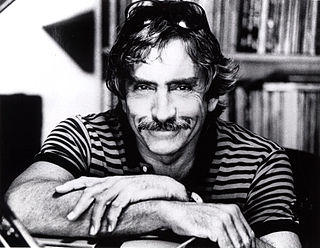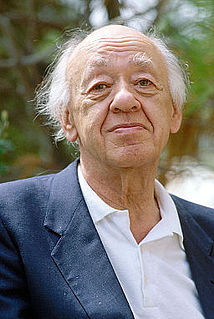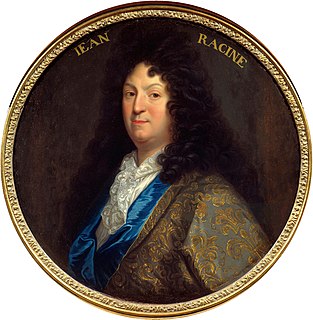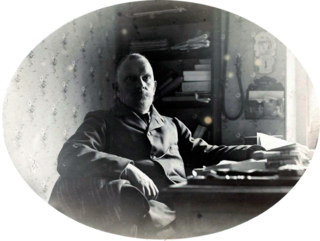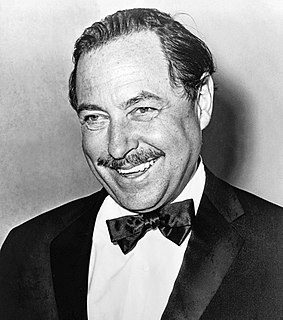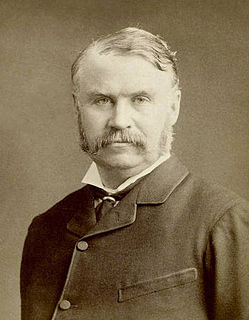A Quote by Tom Stoppard
I was an awful critic. I operated on the assumption that there was an absolute scale of values against which art could be measured. I didn't trust my own subjective responses.
Related Quotes
A modern theory of knowledge which takes account of the relational as distinct from the merely relative character of all historical knowledge must start with the assumption that there are spheres of thought in which it is impossible to conceive of absolute truth existing independently of the values and position of the subject and unrelated to the social context.
The one object of fifty years of abstract art is to present art-as-art and as nothing else, to make it into the one thing it is only, separating and defining it more and more, making it purer and emptier, more absolute and more exclusive - non-objective, non-representational, non-figurative, non-imagist, non-expressionist, non-subjective. the only and one way to say what abstract art or art-as-art is, is to say what it is not.
Money has, as we know, no value in itself. It is a convenient yardstick for a large number of material values. But the health and life of an individual as well as the health of a nation cannot be measured by that yardstick. If we, entrusted with protecting and defending the health of the population, give in to a salesman's scale of values we are lost.
Scale is a mental - you can say that a lounger has scale, a building has scale, or an object has scale, or a page, or whatever if it's just right. A scale is a relationship to the object and the space surrounding it. And that dialogue could be music, or it could be just noise. And that is why it is so important, the sense of scale.
The internationalization of art becomes a factor contributing to the estrangement of art from the artist. The sum of works of all times and places stands against him as an entity with objectives and values of its own. In turn, since becoming aware of the organized body of artworks as the obstacle to his own aesthetic self-affirmation, the artist is pushed toward anti-intellectualism and willful dismissal of the art of the past.
My value as a woman is not measured by the size of my waist or the number of men who like me. My worth as a human being is measured on a higher scale: a scale of righteousness and piety. And my purpose in life-despite what fashion magazines say-is something more sublime than just looking good for men.
If there is no absolute moral standard, then one cannot say in a final sense that anything is right or wrong. By absolute we mean that which always applies, that which provides a final or ultimate standard. There must be an absolute if there are to be morals, and there must be an absolute if there are to be real values. If there is no absolute beyond man's ideas, then there is no final appeal to judge between individuals and groups whose moral judgments conflict. We are merely left with conflicting opinions.
Technique is really personality. That is the reason why the artist cannot teach it, why the pupil cannot learn it, and why the aesthetic critic can understand it. To the great poet, there is only one method of music - his own. To the great painter, there is only one manner of painting - that which he himself employs. The aesthetic critic, and the aesthetic critic alone, can appreciate all forms and all modes. It is to him that Art makes her appeal.
I am preoccupied with the possibility of creating art which functions in a public situation without compromising its private character of being antiheroic, antimonumental, antiabstract, and antigeneral. The paradox is intensified by the use on a grand scale of small-scale subjects known from intimate situations--an approach which tends in turn to reduce the scale of the real landscape to imaginary dimensions.

